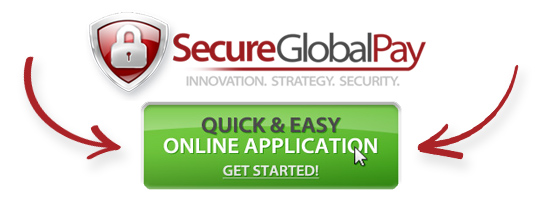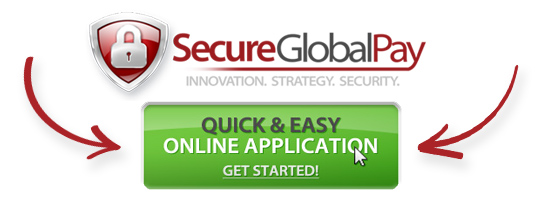
What is a Holdback?
What is a Holdback and how to prevent it?
Any business venture involves risk. While the nature of business itself tends to be connection and community, not all businesses are created equal. Some hard-to-place merchant accounts are at higher risk than others. Businesses deemed higher risk are noted for having certain features in common with their merchant services. Holdbacks, also called reserves or rolling reserves are considered a common factor when underwriting merchants.
These businesses vary from industry to industry. Automobile Sales, online webshops selling electronics, and occasionally nursing homes can also be recognized as high-risk and hard-to-place merchants. They may have experienced conflicts with customers over credit card payments for products and services in the past. Or they may have a history of failing to responsibly refund their customers as agreed upon or just have a difficult time maintaining their business banking account balances.
All of these are indicators of a high-risk venture. These can be red flags for potential partners such as acquiring banks, payment processors, and lending institutions.
How do underwriters assess potential partners for risk when underwriting merchants? And how do we mitigate the risk to ourselves? Banks, financial institutions, and payment solutions providers usually do this with Holdbacks, Reserves, or Rolling Reserves.
“Holdback” is a term used within the merchant services and payments industry when underwriting high-risk and difficult-to-place merchant accounts. Holdback amounts can vary depending on the institution. Another term for holdback is a “rolling” or “holdback reserve.”
Holdback’s, Up-Fronts & Rollings Reserves
Banks and payment processors may identify weaknesses in a partner’s business model. Or they may have already been impacted by a partner’s late- or non-payment of fees for costs incurred. In such cases, they may request holdbacks (or, “rolling reserves”).
Financial institutions and processors rely on regular payments from customers as a sign of good faith. During the underwriter’s assessment period of their business, a shortcoming may be identified. This shortcoming might impact a high-risk merchant partner’s ability to consistently make good on payments, maintain viable credit for refunds or just have a difficult time satisfying their customer base.
When this happens, the sponsoring bank and payment processor may decide to mitigate the risk to themselves up front. This is done by requesting either an up-front deposit or a “daily deposit holdback percentage” of sales income generated by debit or credit cards. This reserve serves to mitigate costs arising from any disputes that might occur.
Holdbacks are always imposed on either an ongoing basis or upfront. These reserves are always intended as temporary. High-risk accounts may operate under Holdback for a period of between 6 and 18 months at most. During this time, their business performance is being monitored and assessed by the sponsoring banks and merchant service providers. If a lag in performance or risk is identified, these funds will be used if necessary to offset that risk.
Responsible merchants use that time to develop a track record of solid performance. Businesses that avoid disputes and keep a low chargeback ratio will receive a positive assessment from banks and payment processors. This will change the extent to which they are perceived as a risk.
A merchant must establish a proven track record of financial stability and performance. Once he does, the Holdback or reserve is generally returned in whole or in part to the merchant. Banks rarely ever pay interest on this money, and it’s never available for a business to use during the initial holdback period.
The Fine Print – Holdback
When negotiating a contract for a merchant account, you may be obligated to commit to a Holdback in order to receive approval. In such cases, it’s always a good idea to investigate the terms and conditions as best as you can before signing on the dotted line.
Pay special attention to the reserve policy as outlined in the merchant service provider addendum or within the terms of the agreement itself. Understand the percentages deducted and the length of time during which you will be subject to the deductions. Take time up front to clarify the terms of the agreement before signing so there are no surprises once your business is up and running.
Is your business currently operating under Holdback? Make sure you understand the best practices available to help prevent fraud and chargebacks. Only by applying these will your business thrive in today’s fast-paced digital environment.
Ask one of our SecureGlobalPay business specialists about the best practices for managing chargebacks through payment gateway to help avoid the Reserve and Holdback requirements altogether. Call today.





